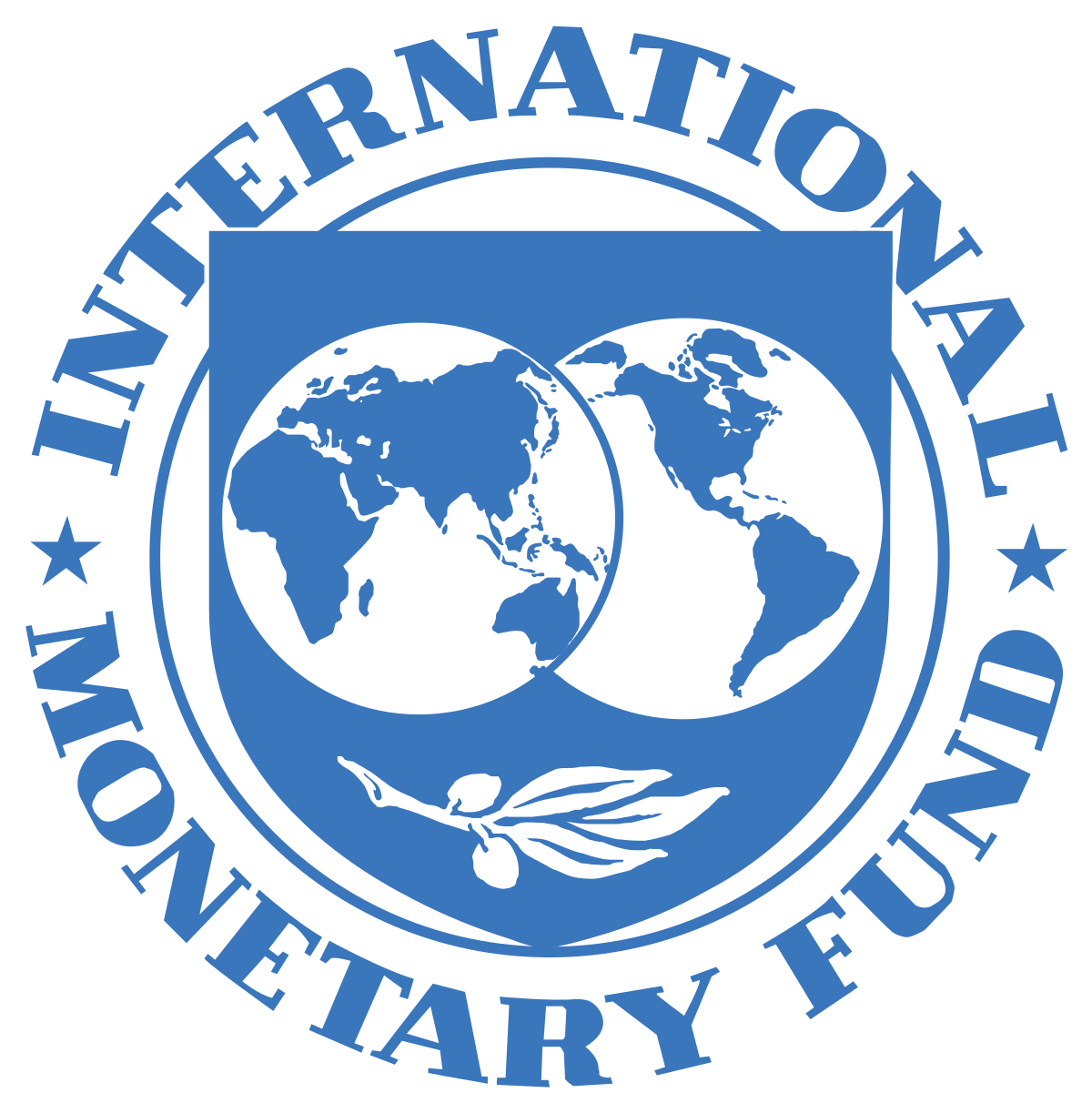
With dangerously low foreign exchange reserves and enormous debt repayments for fiscal year 2024, Pakistan appears to be facing the stark prospect of potential default or at least a larger balance of payments crisis in the 12 months ahead.
According to economic journalist Khurram Hussain “data obtained unofficially from a senior source privy to the country’s debt repayment schedule shows Pakistan faces $8.7 billion outflows on public debt payments in FY24 (including principal and interest) that are not subject to rollover. On top of this, there is another $5bn approximately on private debt outflows as per the IMF staff report released in September 2022, bringing the total to $13.7bn in debt-related payments. Repayments on account of publicly guaranteed debt are on top of this.”
According to the last IMF staff report, “private debt repayments on external account for FY24 are $5bn. These funds are also, under normal circumstances, rolled over fairly easily provided the borrower has been servicing the loan on time. Whether or not they’ll represent a drain on the reserves in the forthcoming year depends on the ability of these borrowers to continue servicing their loans in foreign exchange. The same report shows Pakistan’s total public debt repayments to be just under $20bn, with another $1.68bn to be repaid to the IMF, and $13bn given as rollover on short-term debt. These numbers suggest outflows on public debt payments should be $8.7bn, consistent with unofficial government figures.”
Complicating matters further, Hussain notes, “budget documents show repayment of foreign and short-term credits as $15.3bn in FY24. Against this figure, they show total external inflows to be $24bn, including $4.5bn in commercial borrowing, $4bn in a new SAFE deposit from China, $6bn deposits from Saudi Arabia and the United Arab Emirates and a $1.5bn international bond. How many of these inflows will actually materialise is another large question mark. Whichever figure one takes — $8.7bn or $14bn or $15.3 — one thing is clear: there is no clear financing plan to meet these obligations for next year.”
In conclusion, Hussain warns, “for the next fiscal year Pakistan is looking at a higher debt service bill, very slim chance of securing further external financing support, and far lower level of reserves than last year. If financing support does not arrive fast, the situation would have lingered too close to the edge for too long for a country of 220 million people.”
![]()





